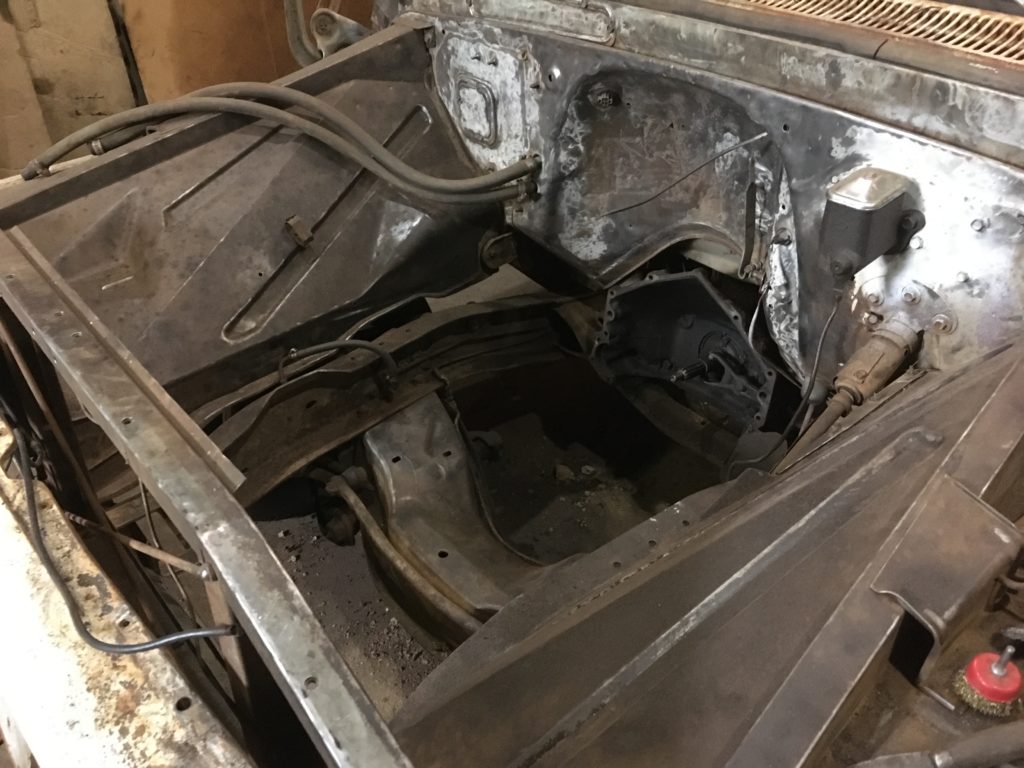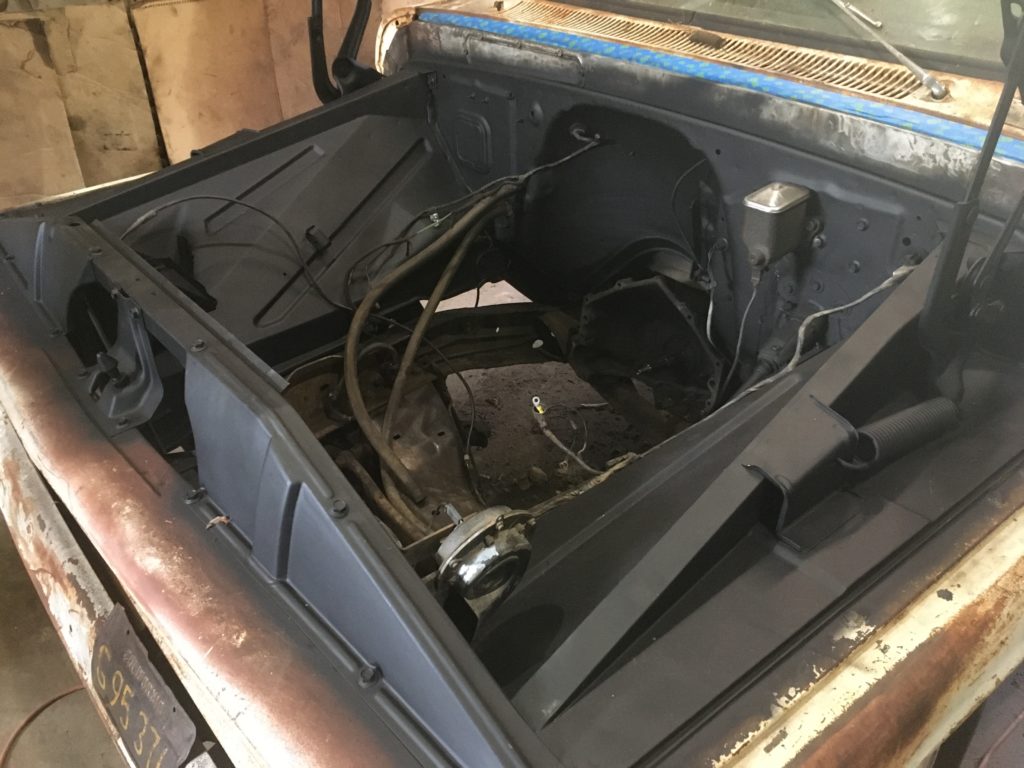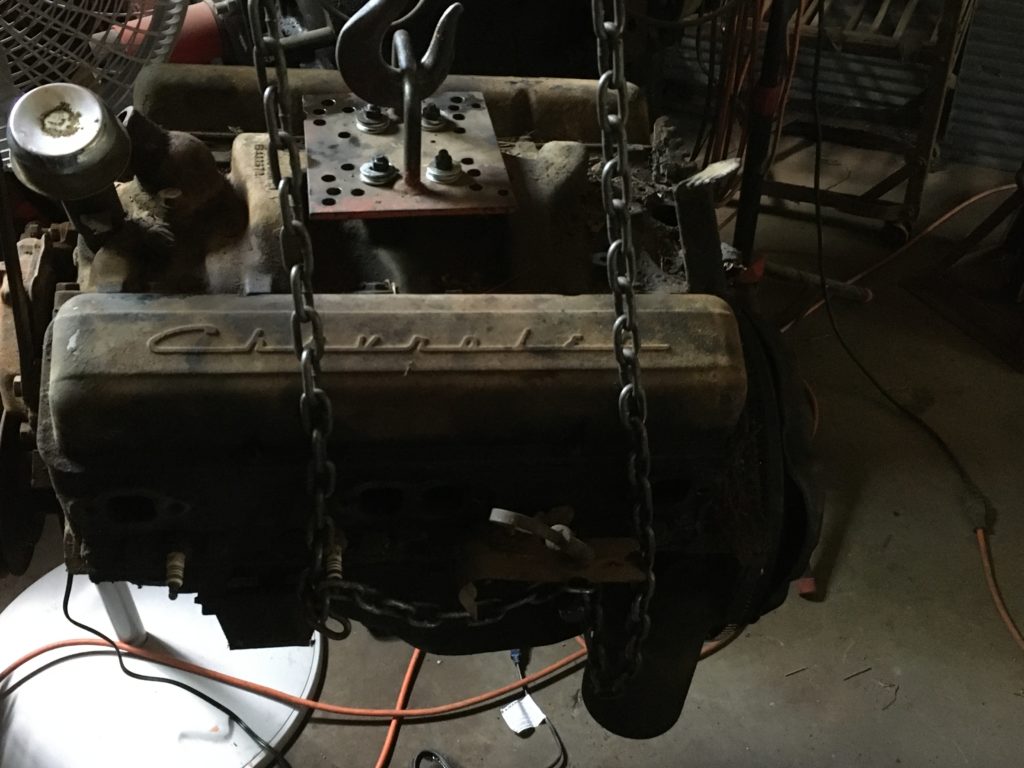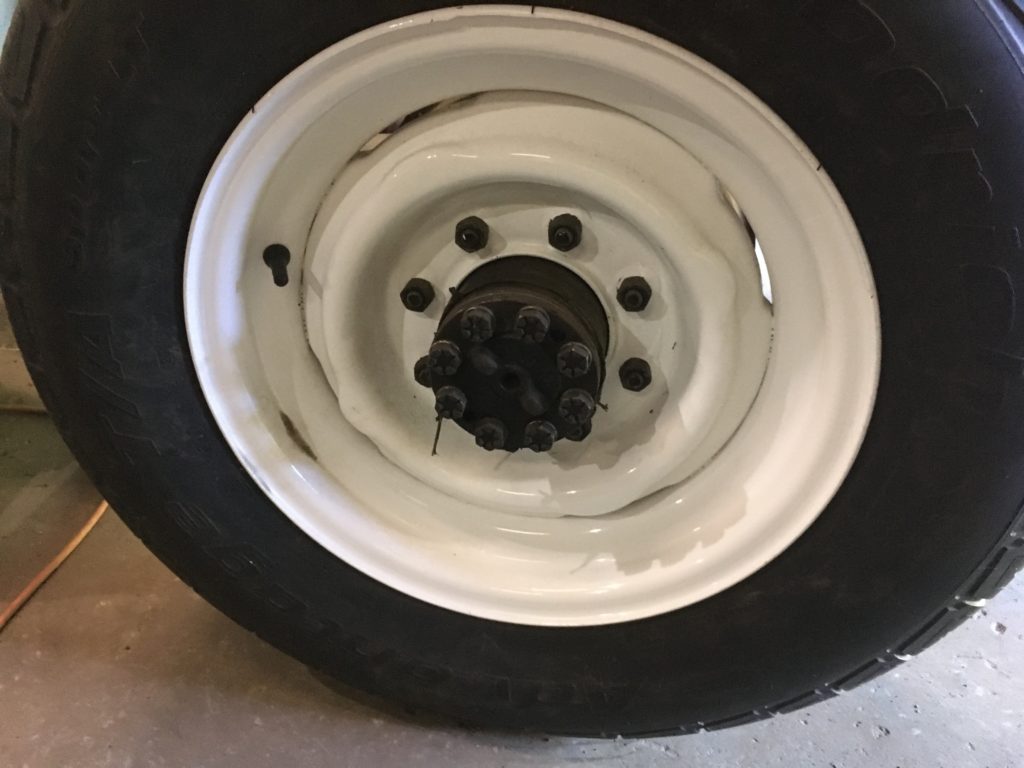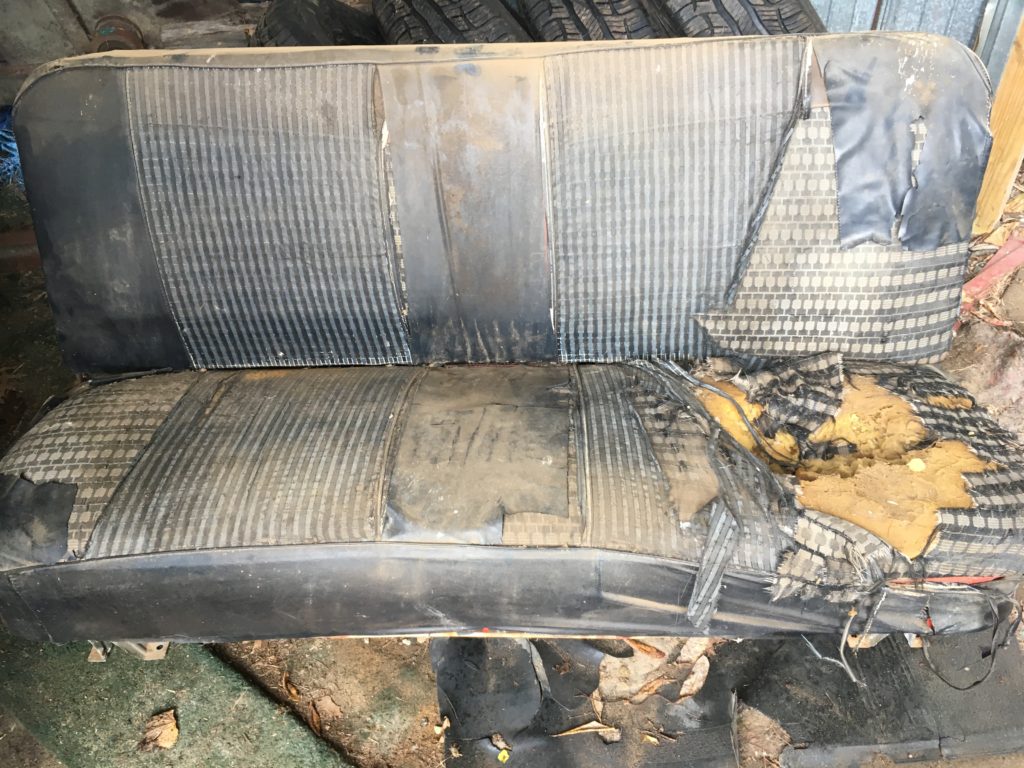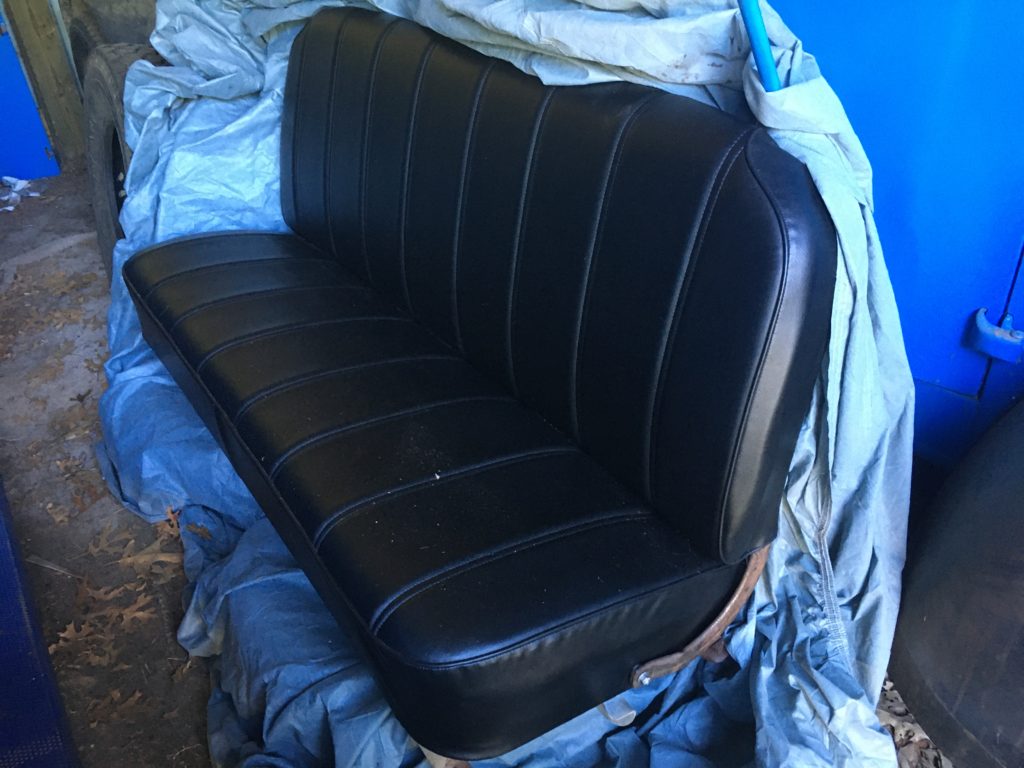If you have a Facebook page, then you have likely seen one or more of your friends accepting the challenge of listing their ten favorite albums over a ten day period. It seems that in this self-quarantine era, with people having a lot of idle time on their hands, more of these challenges have taken place. At least, that’s the way it seems to me.
One of the rules of the game involves nominating someone to do the same after your ten albums have been revealed. I have yet to be nominated, which leads me to think that I need to unfriend a lot of people. It has also prompted me to consider what ten albums I would have posted had I been asked. Clearly the advantage of being a blogger is that you can self-nominate in keeping with the spirit of self-isolation in the year of the plague.
Three rules drive the following top ten list. First is that the album was owned by me at one time, cost being a good indicator of value. The second rule is that the album is prized for all of its tracks, not just the one or two, which dominated the pop charts for a brief time. And the third rule is perhaps most important of all. The album influenced my viewpoint of life in all of its wonderful facets and helped to shape the content and style of my own writing.
The Highwaymen: The Highwaymen (1960) – This album is exempt from rule number one in that it cost me nothing. It was a birthday gift from my mother. Prior to this the paltry records in my collection of two consisted of Dave Seville and the Chipmunks and a husband/wife duo singing their own compositions of nursery rhymes set to music. I think the latter record was pressed on red vinyl. I was in grade school when The Highwaymen released this album, featuring the mega-hit Michael Row the Boat Ashore. But I was more enamored of the other tracks and learned the lyrics to them all. It was my formal introduction to folk music, which perhaps served as something of a buffer against the influence of surf music that was soon to overwhelm us all.
Blowin’ In The Wind: Peter, Paul and Mary (1963) – Another rule one violator, this PP&M classic was another gift, prized by me because it was more adult (becoming one was a driving aspiration) than their previous work featuring a magic dragon. It also made me a vicarious Dylan fan as I came to enjoy his artistry when sung by a person or group with actual vocal talent. Sadly for me it was forty some years before I got to see Peter, Paul and Mary perform live. I prefer vinyl over digital in terms of sound quality, but live performances, with all their flaws, is better than the firmly controlled studio performances.
Reflecting: The Chad Mitchell Trio (1964) – My third and final rule one violator was a gift from my older brother. He wanted me to appreciate music with a message, meaning political in substance as the trio’s recording of Barry’s Boys indicated. But once again I immersed myself in every track and became a fourth member of the trio, with performances limited to my bedroom. I enjoyed singing along with the trio, while down the hall in my brother’s room came the sound of Joan Baez’ voice (another Dylan interpreter), which proved to be an indirect influence on me at a time when I was about to enter high school.
Sunshine Superman: Donovan (1966) – When the British invasion hit all of America’s rock radio stations, I was not immune to the music of the Beatles, Stones and others. In fact my very first date with a girl, whose qualification was that she was the cutest in my class, was to see the Dave Clark Five perform at the Melodyland Theater in the Round in Anaheim, CA. But all the rules stated above came into play with my acquisition of Donovan’s album. This release also coincided with my first attempts at writing poetry, which unsurprisingly imitated the themes of this album more than any other I had enjoyed to-date.
Surrealistic Pillow: Jefferson Airplane (1967) – Up to this point rock music was something I listened to almost exclusively on the radio. My meager investments in the rock genre were pretty much limited to 45s. Even in the late 60s these small discs were still very common as the initial release format for the songs deemed to be the best way to introduce the eventual release of a full album. White Rabbit was that initial hit, but hearing the full album at a friend’s house prompted me to buy the full package. That first encounter with this music held another significant marker in my life. My friend and I listened to the music together. Previously my musical interests were enjoyed in isolation, except for that date to see the DC5. This album was the basis for discussing and analyzing everything from the songs to the meaning of life in general. The friendship and the music were all of one piece.
Forever Changes: Love (1967) – I was a senior in high school when this album was released, but I did not know about it for another year, when I entered college and my tightly constructed life with friends I had known since grade school abruptly disappeared to be replaced by the far more expansive and less restrictive environment of academia. I was there primarily to get a student deferment and avoid the draft, but to my surprise Love was waiting. This was not a wildly popular album and I purchased it almost on a dare from the person who recommended it. I virtually played this album until the grooves wore out. To enjoy it now I listen to the CD version.
Songs of Leonard Cohen: Leonard Cohen (1967) – Cohen for me became the Dylan for most everyone else. I liked his words, his melodies and his voice, the latter being the primary feature that definitely set him apart from Dylan. This album also holds the distinction of being one of the first that I pirated. I purchased a Christmas gift for myself, a reel-to-reel four track stereo tape-recorder (high tech for those days) and started recording at random the music my friends supplied me for free. And that’s how I discovered Cohen. It was also a time when I wanted to learn to play guitar. I bought his songbook and roughly reproduced his work, which in turn shaped my own writing efforts – now no longer existent thanks to a paper shredder. The value of these equally pirated songs of my own creation was better served as garden mulch than musical verite.
Crosby, Stills and Nash: Crosby, Stills and Nash (1969) – The concept of a super group was not new with CS&N, but it was the first to influence me. Perhaps the manner in which I was introduced to it captured my interest first. I listened to it with a small group of friends one evening with home grown joints making the circuit around the room. The peaceful ambience added to the mellow harmonic sounds of instruments and voices. Since I was an aspiring though pathetic musician, the album opened my thoughts further to what a song can be when the words and the music form a natural blend. Admittedly this was a studio album, but I did see them perform live years later. Vocally they were just as good. You just needed to prevent a stoned Crosby from playing guitar.
Blue: Joni Mitchell (1971) – This lengthy presentation of my ten most influential albums is done in chronological order. If I had done it by most lasting favorite, we would have started here. For one thing, it came out the year I was married. My wife and I were in absolute agreement about it more than anything else in our newly licensed relationship. But alone, I am simply in awe of both her lyrical and musical talents. For all my aspirations, Joni alone surpasses anything I could ever achieve with or without accompaniment.
Don’t Cry Now: Linda Ronstadt (1973) – In comparison to the other nine albums, my choice of this one makes Linda the outlier. The selection is based almost exclusively on the voice. She is supreme of all the female rock stars in my opinion. I never missed an opportunity to see her perform live when she closed the summer season at the Universal Amphitheater in LA. And if I were to compile a soundtrack for the 70s it would celebrate Linda and her cohorts in creating the Southern California sound: J D Souther, Jackson Browne, and the Eagles. Those were good times and I am glad I did not miss them.
There are several runners-up to this list, music I listened to and grew by. But the game is limited to ten. And though I was not asked to participate, a web log message is what you do when you’re not invited.
